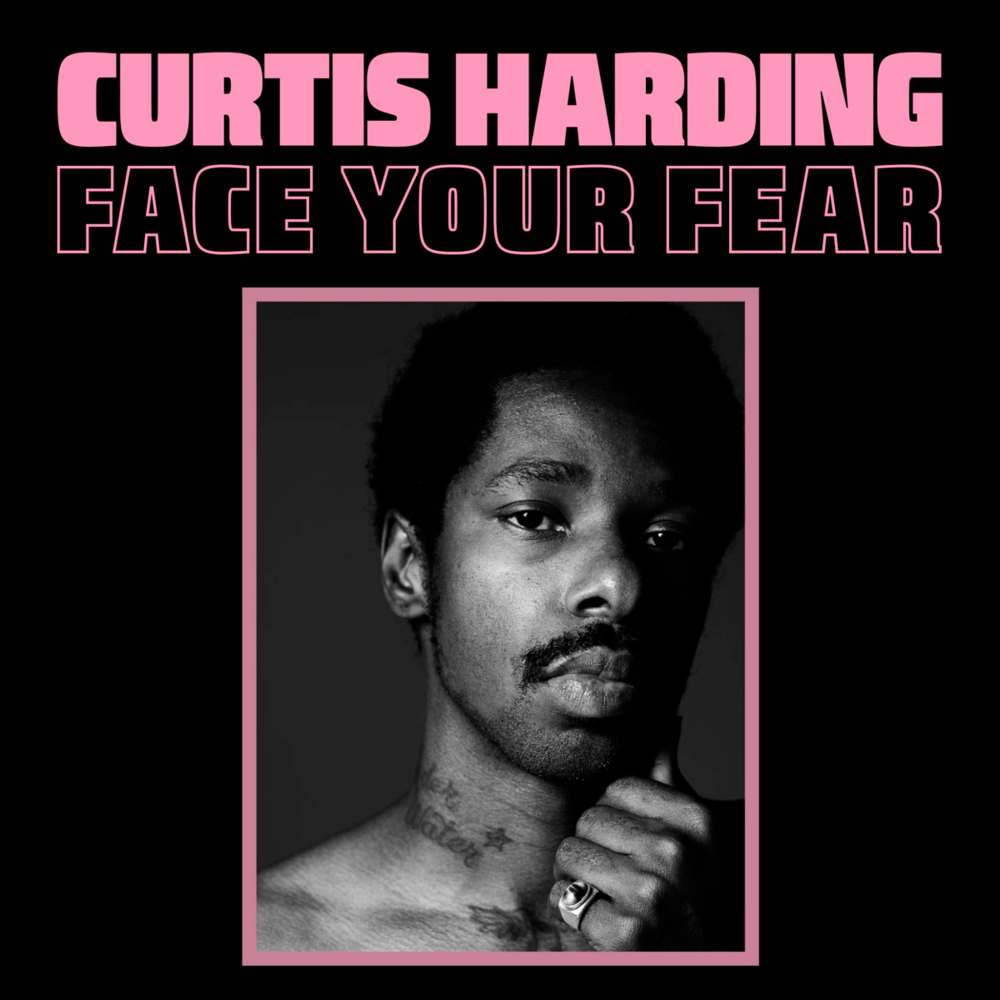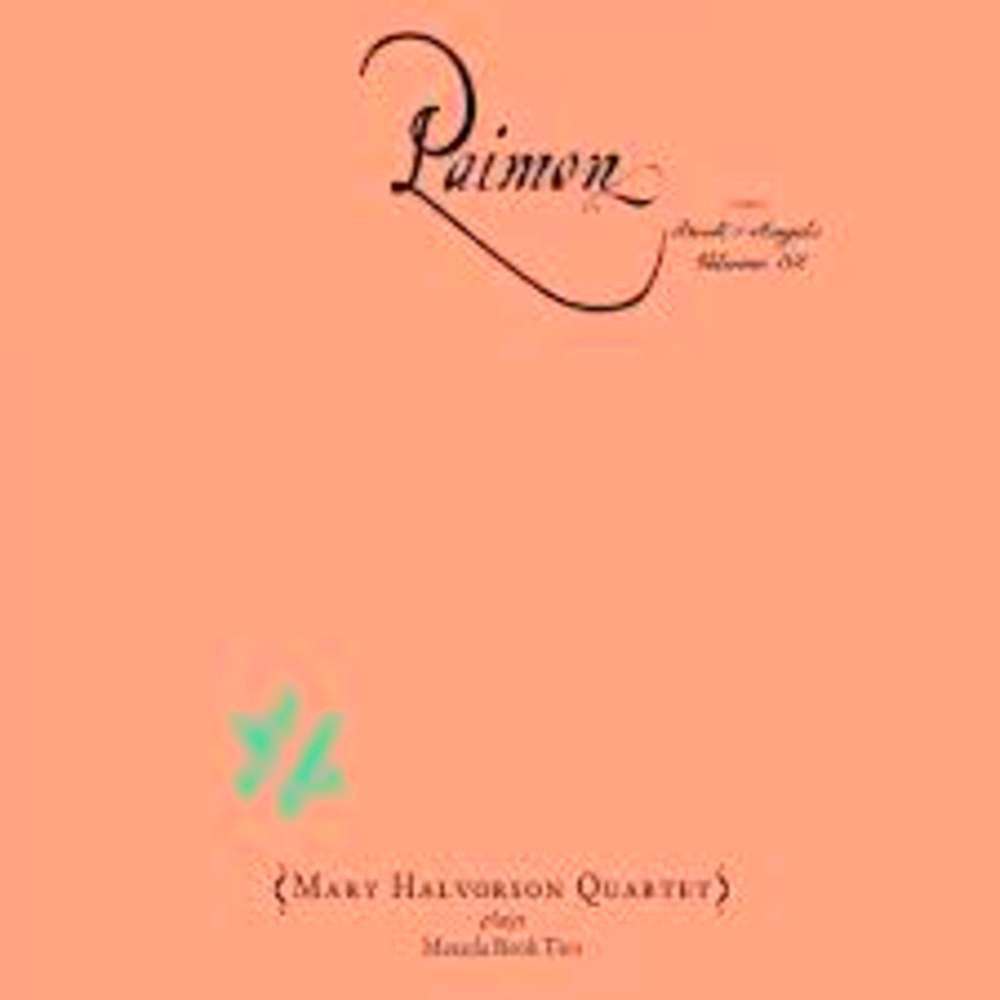New music
Reviews of this week's CD releases
Advertisement
Read this article for free:
or
Already have an account? Log in here »
To continue reading, please subscribe:
Monthly Digital Subscription
$1 per week for 24 weeks*
- Enjoy unlimited reading on winnipegfreepress.com
- Read the E-Edition, our digital replica newspaper
- Access News Break, our award-winning app
- Play interactive puzzles
*Billed as $4.00 plus GST every four weeks. After 24 weeks, price increases to the regular rate of $19.00 plus GST every four weeks. Offer available to new and qualified returning subscribers only. Cancel any time.
Monthly Digital Subscription
$4.75/week*
- Enjoy unlimited reading on winnipegfreepress.com
- Read the E-Edition, our digital replica newspaper
- Access News Break, our award-winning app
- Play interactive puzzles
*Billed as $19 plus GST every four weeks. Cancel any time.
To continue reading, please subscribe:
Add Free Press access to your Brandon Sun subscription for only an additional
$1 for the first 4 weeks*
*Your next subscription payment will increase by $1.00 and you will be charged $16.99 plus GST for four weeks. After four weeks, your payment will increase to $23.99 plus GST every four weeks.
Read unlimited articles for free today:
or
Already have an account? Log in here »
Hey there, time traveller!
This article was published 01/02/2018 (2815 days ago), so information in it may no longer be current.
POP / ROCK
Curtis Harding
Face Your Fear (Anti-)
The son of a gospel singer and a former backup vocalist for CeeLo Green who has also done time in garage bands and dabbled in rap, Curtis Harding has taken the long way around to finding his comfort zone in vintage soul.
Like 2014’s Soul Power, Face Your Fear — which was co-produced by Harding with Sam Cohen and Danger Mouse — lovingly employs the ramped-up horns, cooing vocals, sweetened strings and other sonic details of classic late 1960s/early 1970s rhythm and blues. Harding sings with gravelly authority on the trippy Go As You Are and locomotive Need Your Love, but he’s by no means a one-note shouter. He moves up into falsetto range on Dream Girl, and Welcome To My World, and writes with delicacy and flair throughout, whether being winningly playful on the self-mocking but steadfast Till The End or looking demons in the eye on the smooth-as-silk title track.
★★★ out of five
—Dan DeLuca
ROOTS / COUNTRY
The Lynnes
Heartbreak Song For The Radio (Independent)
What has four arms, four eyes, two hearts and two saintly voices? The Lynnes are comprised of seasoned Canadian singer-songwriter duo Lynn Miles and Lynne Hanson and their first album together is breathtaking, mood-altering evidence to their marvellous combined talents.
For ten songs and around forty minutes these women, aided by the always spot-on and charismatic guitar panache of Kevin Breit and a sympathetic backing band, create the kind of music that is worlds apart from standard-issue folk music. It doesn’t take long into opening track “Cold Front” before one realizes they are on a special kind of musical journey. Both Miles and Hanson have the kind of lived-in voices that, because of their integrated confidence and ability to move from note to note so naturally, send chills down your spine. Each can sing lead with the other following in locked harmony in a style most reminiscent of Jeffrey Hatcher and Billy Cowsill in their remarkable efforts with The Blue Shadows.
The chugging rockers “Recipe For Disaster” and “Halfway To Happy” and the easy vibe of “Cost So Much” are the purest examples of their voices combining deliciously like honey and hot tea. Lyrically these tracks don’t disappoint either, re-working the formerly tired tropes of love, loneliness and life moving forward into new realms of poignancy. The album, as produced by Miles and Hanson, has the kind of spacious, rolling thunder restlessness Bob Dylan attained with Daniel Lanois all those years ago. It’s that good. Radio should pick up on this. It would do us all some good if they did.
★★★★★ out of five
Stream these: Blue Tattoo, Recipe For Disaster, Cost So Much
— Jeff Monk
JAZZ
Mary Halvorson Quartet
Paimon: Book Of Angels Vol. 32 (Tzadik)
This album exposed my complete ignorance of the huge body of literature that exists about angels. After It’s A Wonderful Life I’m lost. But there are complex and detailed descriptions of angels dating back to pre-Biblical days. Who knew?
Well, sometimes wildly “out there” composer John Zorn has spent a longtime researching and writing tunes about angels. In Paimon he finishes his work in this area, with the quartet of guitarist Mary Halvorson, along with her fellow guitarist Miles Okazaki, bassist Drew Gress and drummer Tomas Fujiwara. This is often melodic, but frequently very dissonant music, but that doesn’t really capture the moods of this album. The two guitars sometimes spar, sometimes move smoothly together and the music has a definite middle eastern flavour. Think of deserts, folk tunes and mystical sand dunes. The track titles all name angels from the angel catalogue and some of them are truly nasty. For example, Paimon is a king of hell who governs 200 legions there.
Beniel is the notary who keeps track of humans who are going to hell. Some of the others are nice, “amulet” angels protecting things like childbirth or the wind. Without doubt jazz frequently forges into areas not often tested and this album, in spite of my comments above, is terrific. It is avant-garde jazz that rewards the attention it requires. And by the way, not a bell anywhere.
★★★★ out of five
Stream these: Chaskiel, Rachmiah
— Keith Black
CLASSICAL
Daniel Barenboim
Claude Debussy (Deutsche Grammophon)
Acclaimed Argentine-Israeli pianist and conductor Daniel Barenboim brings his luminous artistry to Debussy’s solo piano music in this new release by Deutsche Grammophon.
The album features a potpourri of the French composer’s impressionistic works first penned during the early 20th century. Barenboim’s sensitive musicality conjures faraway lands in Estampes, L, 100, with its first two movements: Pagodes and La soirée dans Grenade, imbued with suspended lyricism while finale Jardins sous la pluie is performed with brilliant flash.
He also showcases his sublime voicing during the iconic Clair de lune, excerpted from Suite bergamasque, L. 75, albeit, at times, his upper register feels more brittle sunlight than romantic moon glow. Other treats include La plus que lente and Élégie.
The album’s cornerstone is Préludes, Book 1, L. 117, comprised of 12 imagistic portraits completed in 1910. Highlights include Barenboim’s mysterious interpretation of Voiles and Des pas sur la neige, or his fleet-fingered Le vent dans la plaine and La danse de Puck. However, his pianism perhaps speaks most eloquently as he presents Debussy’s famous golden-haired girl inspired by Leconte de Lisle’s poetry, delivering La fille aux cheveux de lin with limpid simplicity and ageless grace.
★★★★ out of five
— Holly Harris





